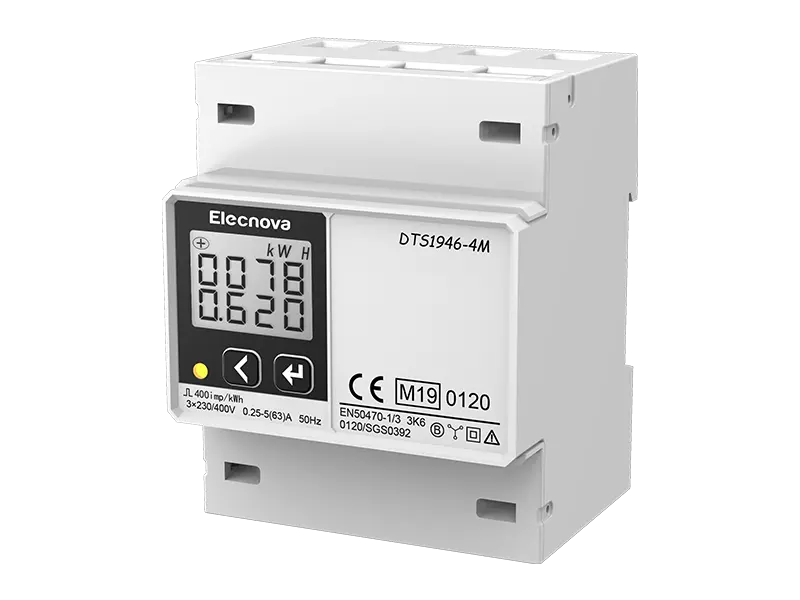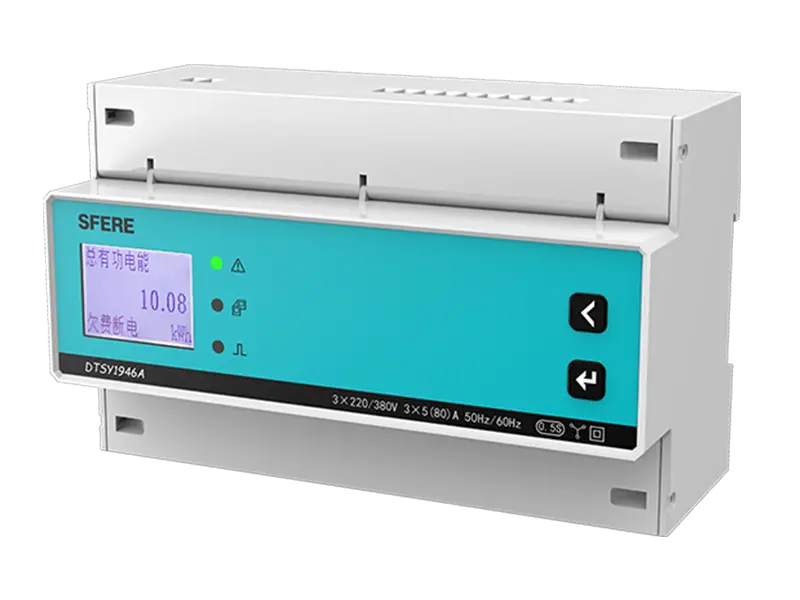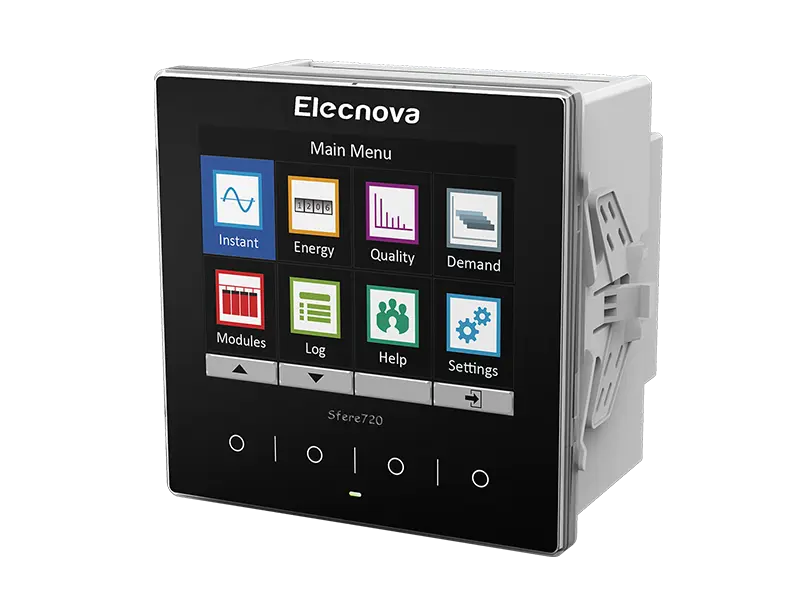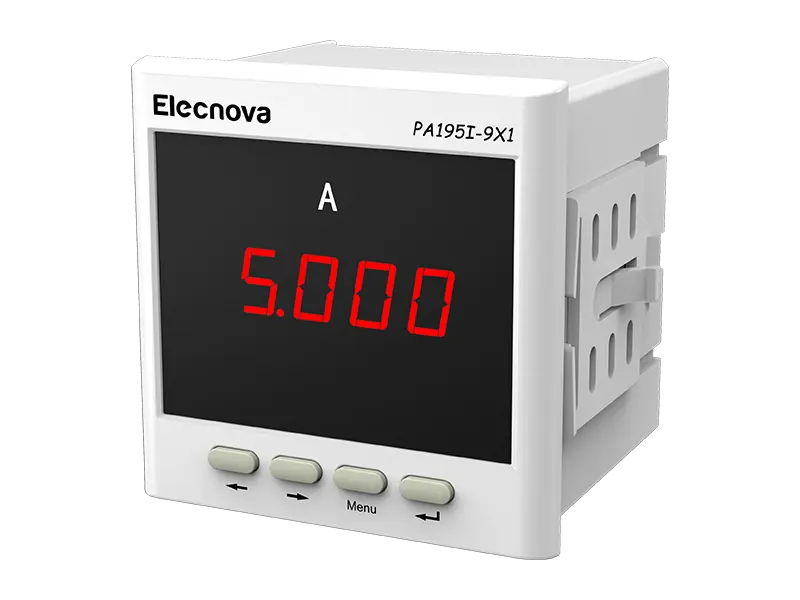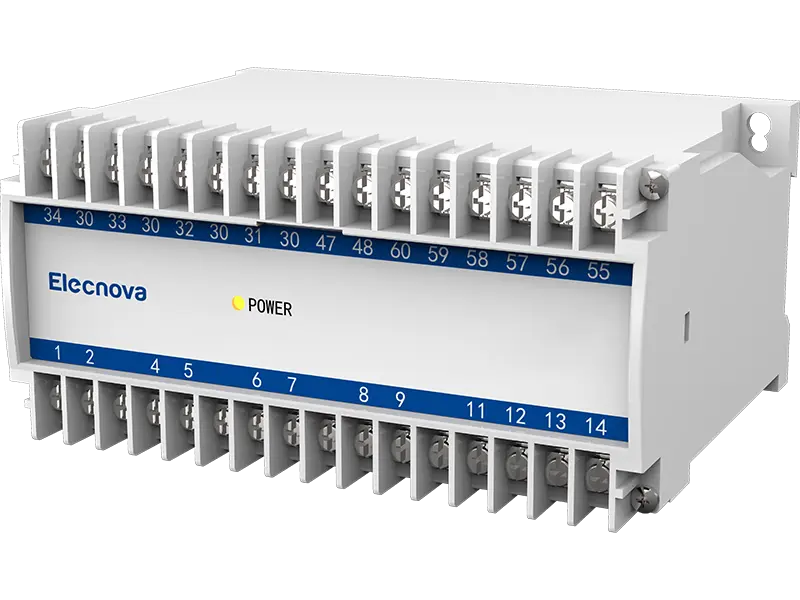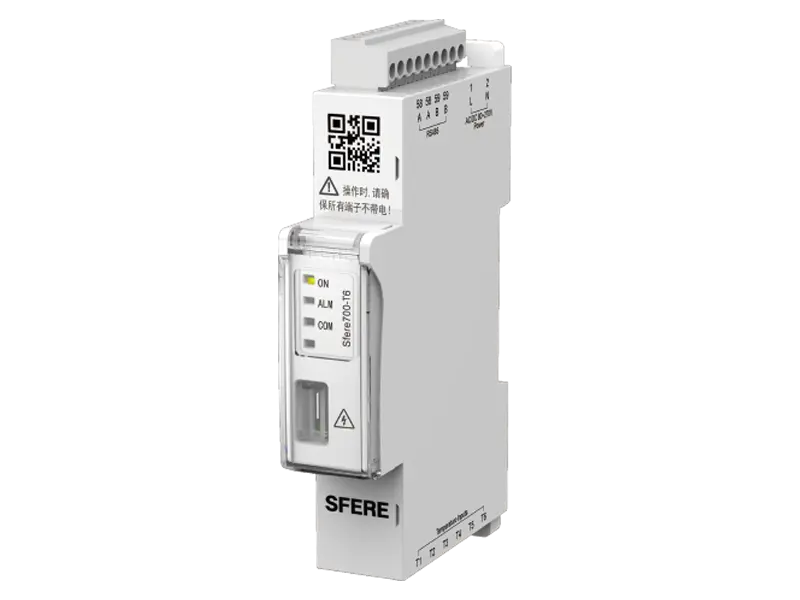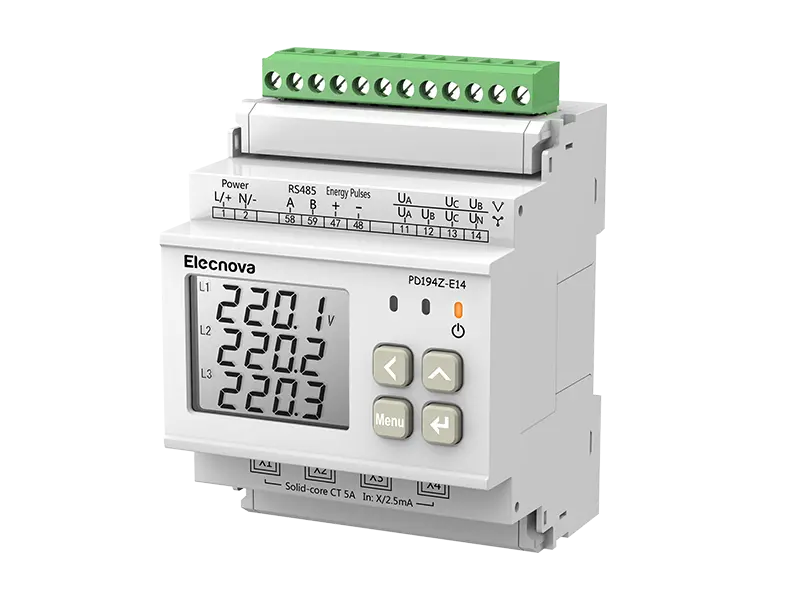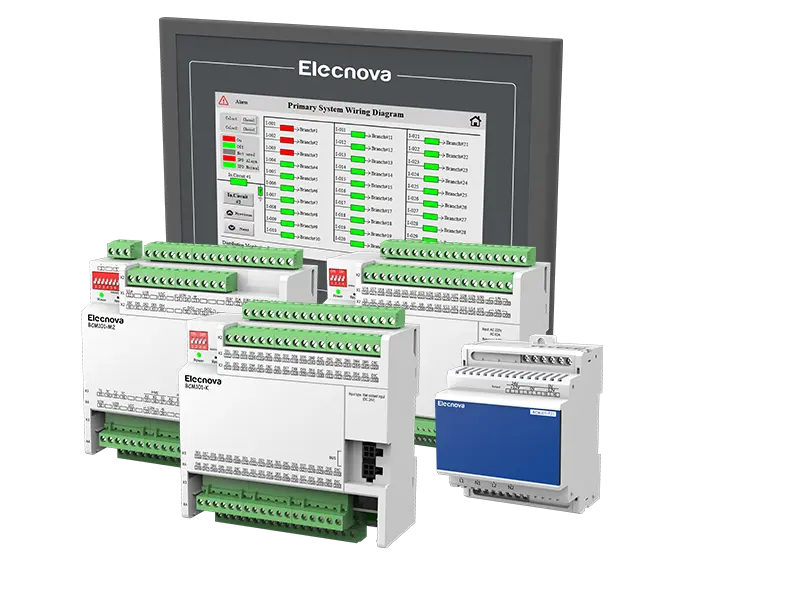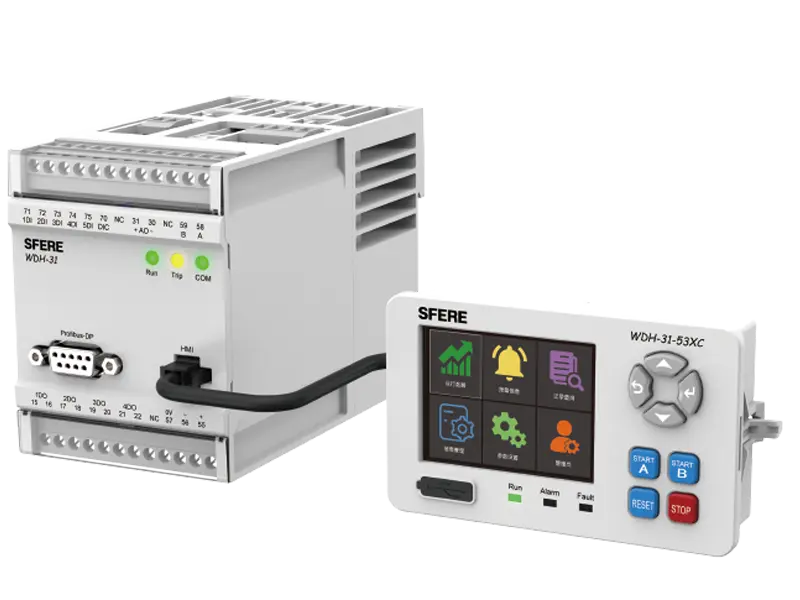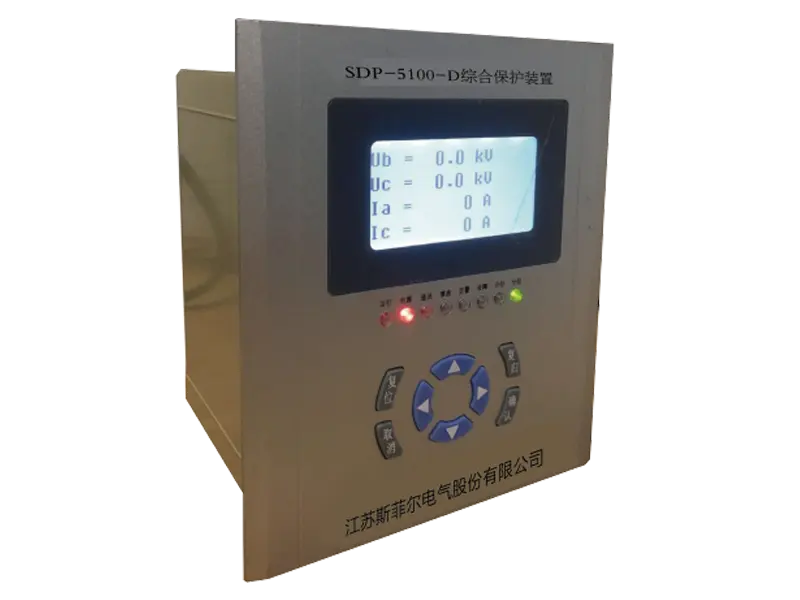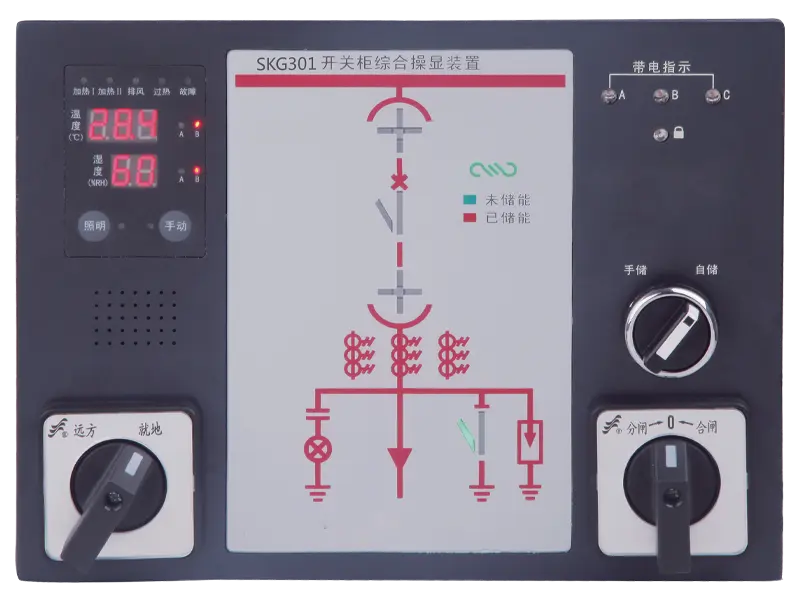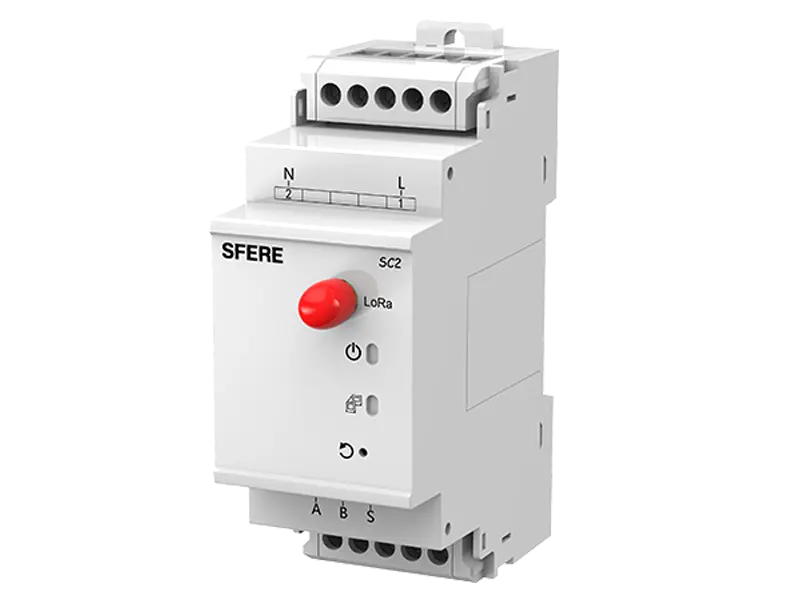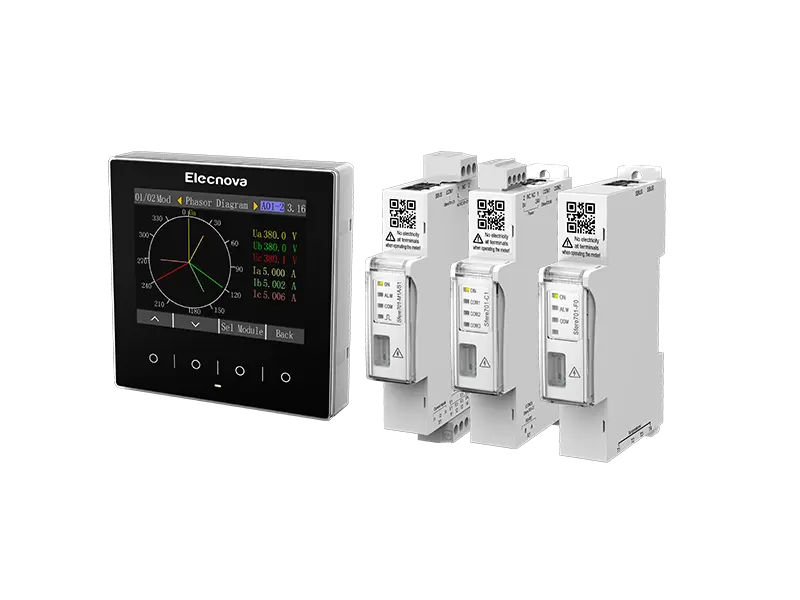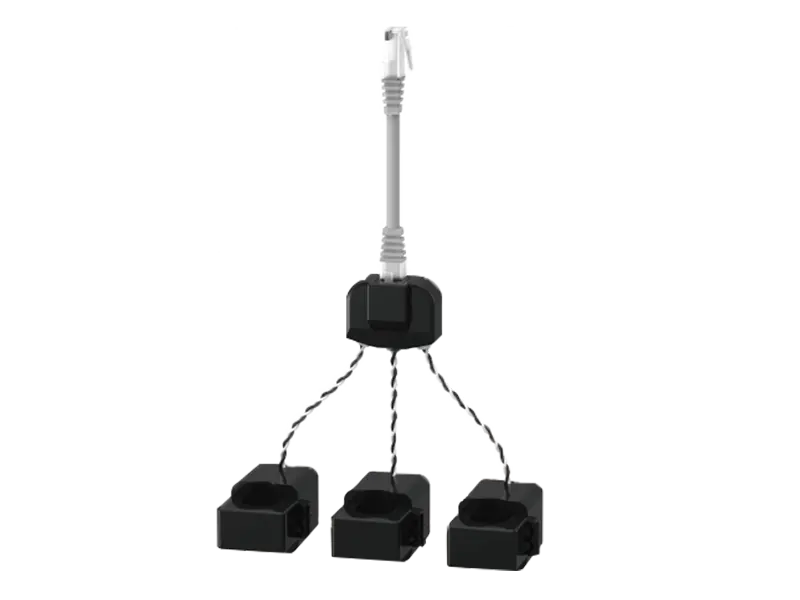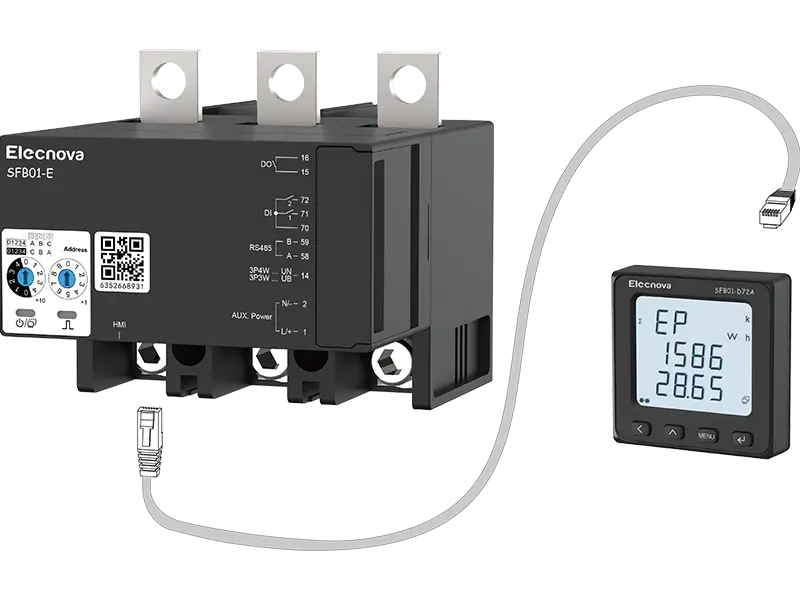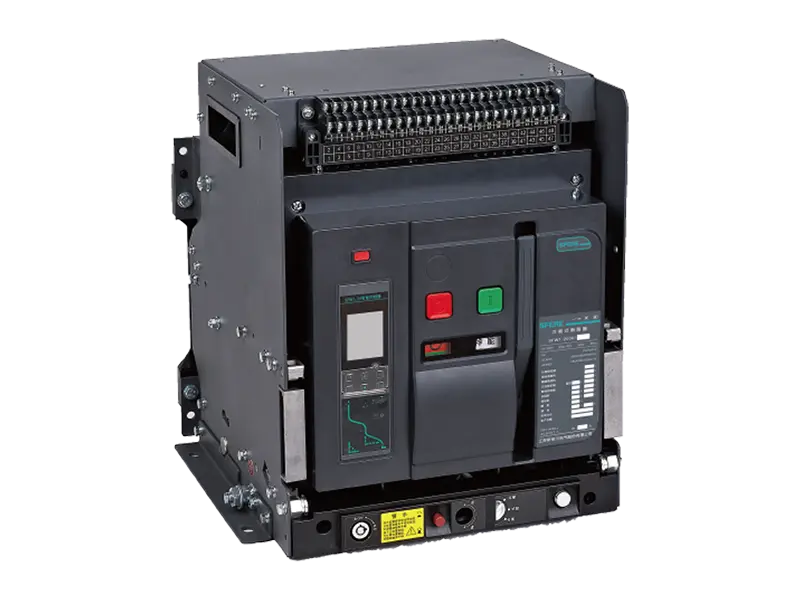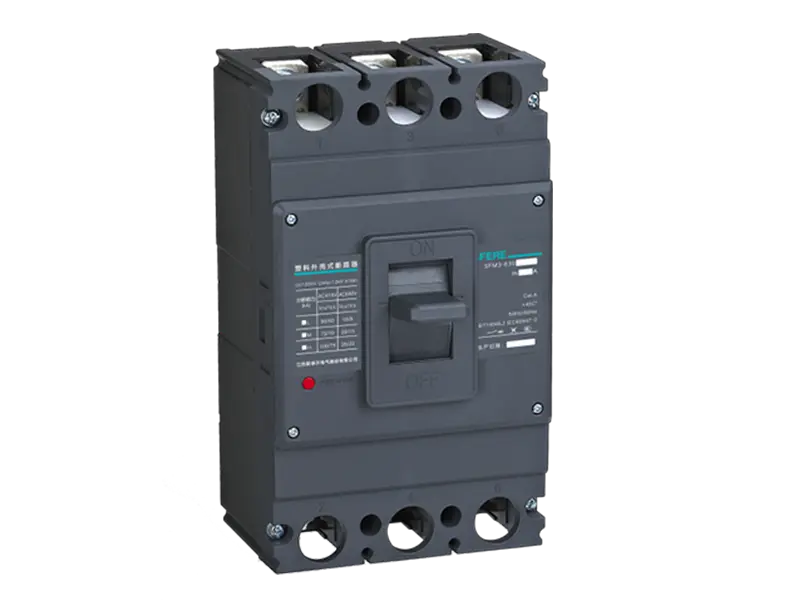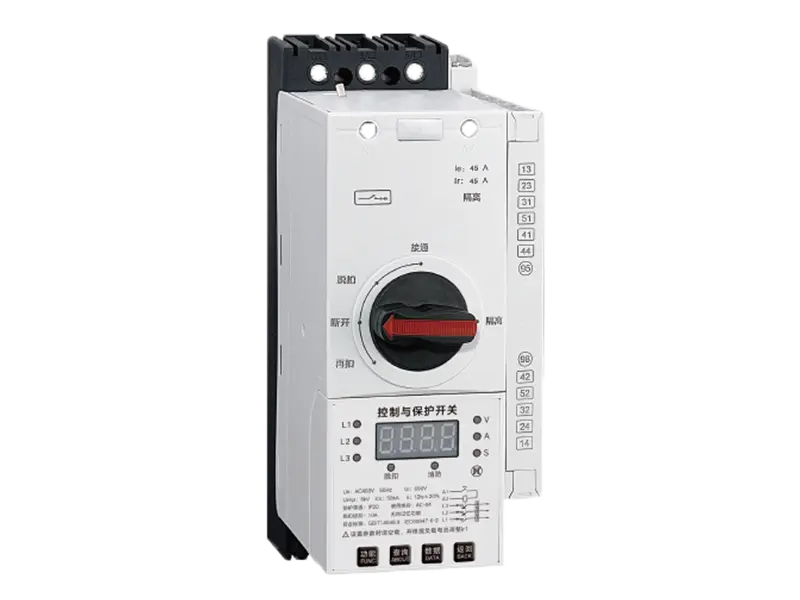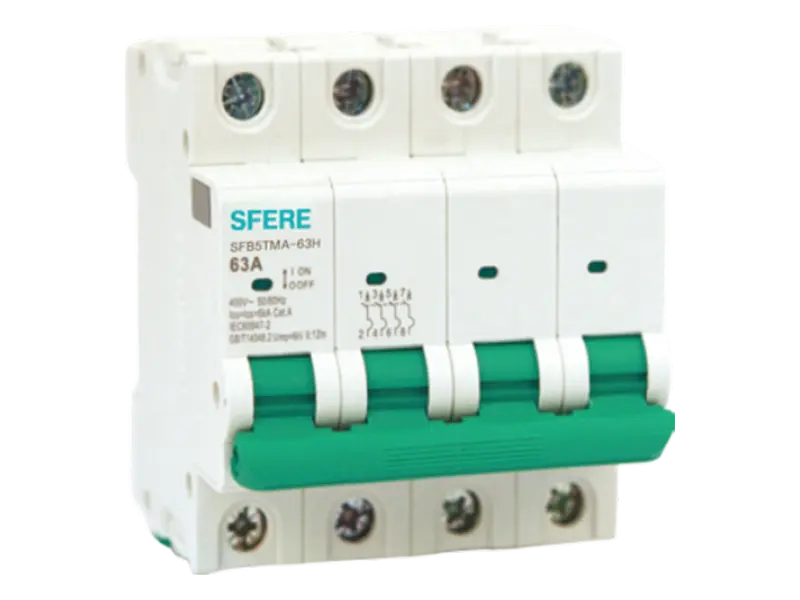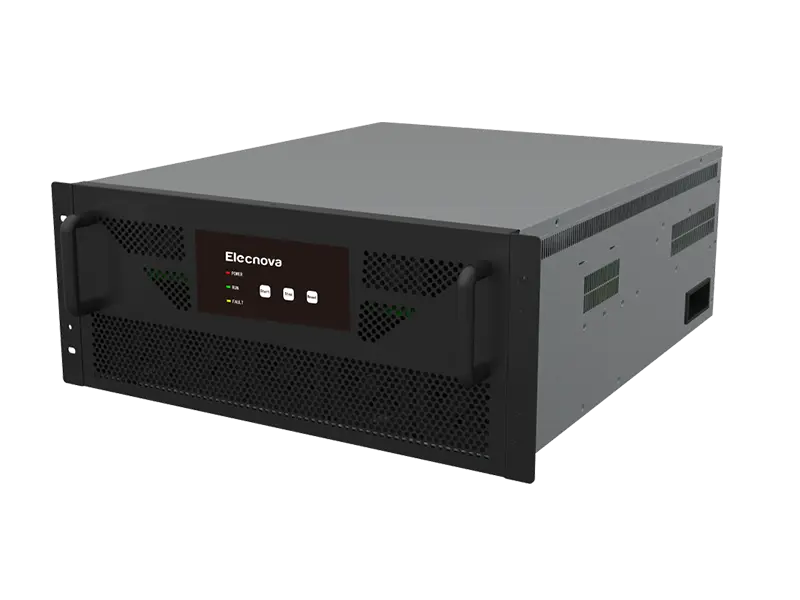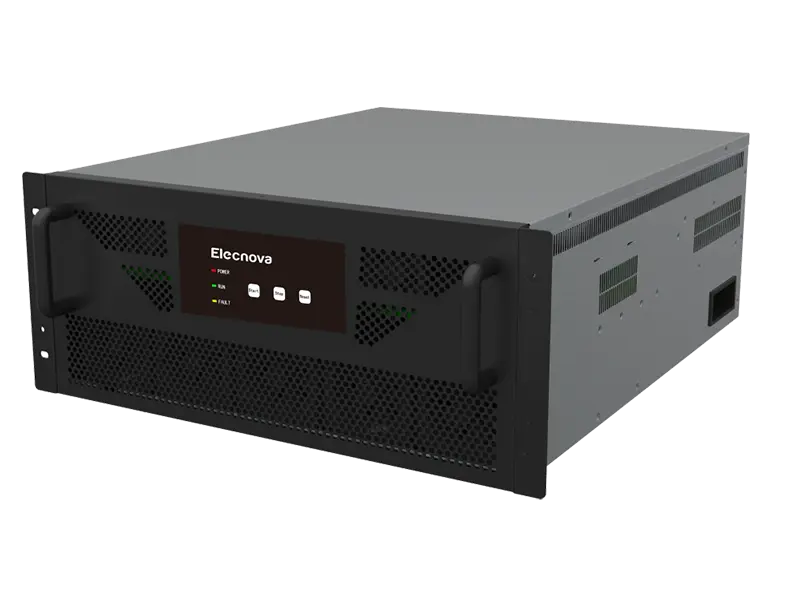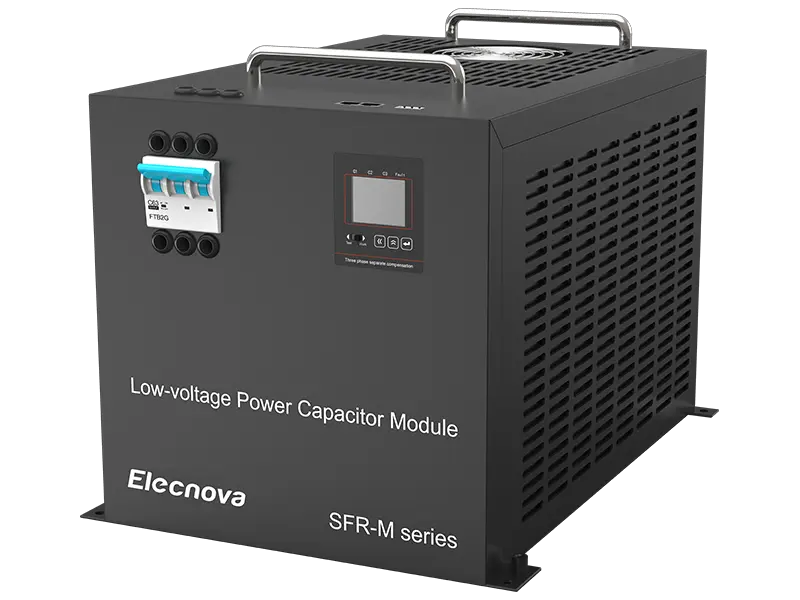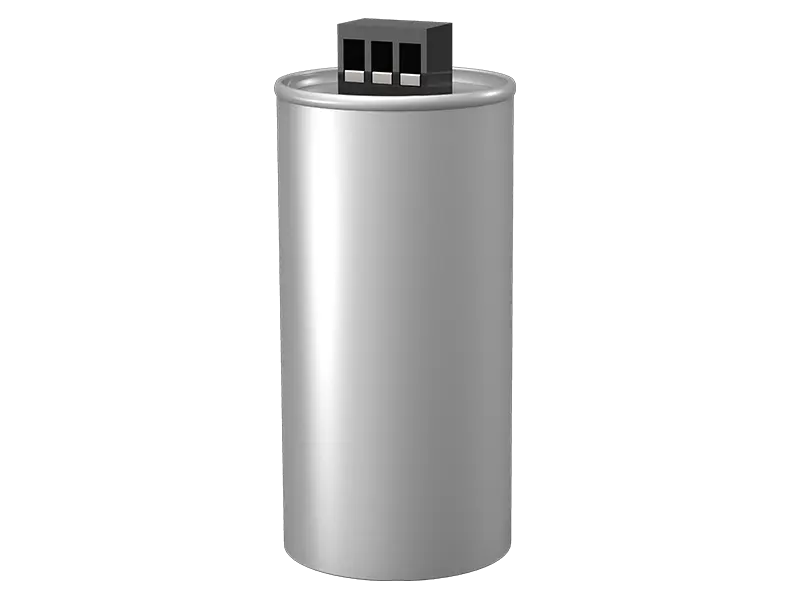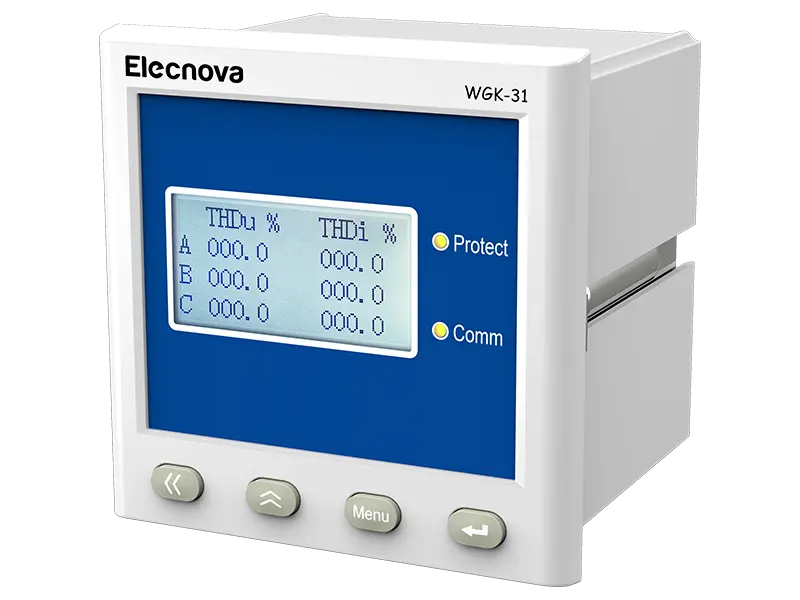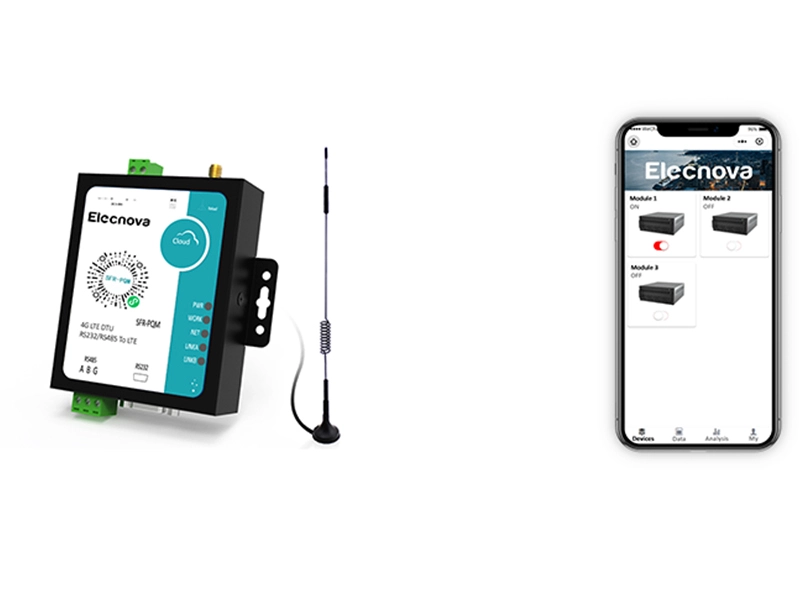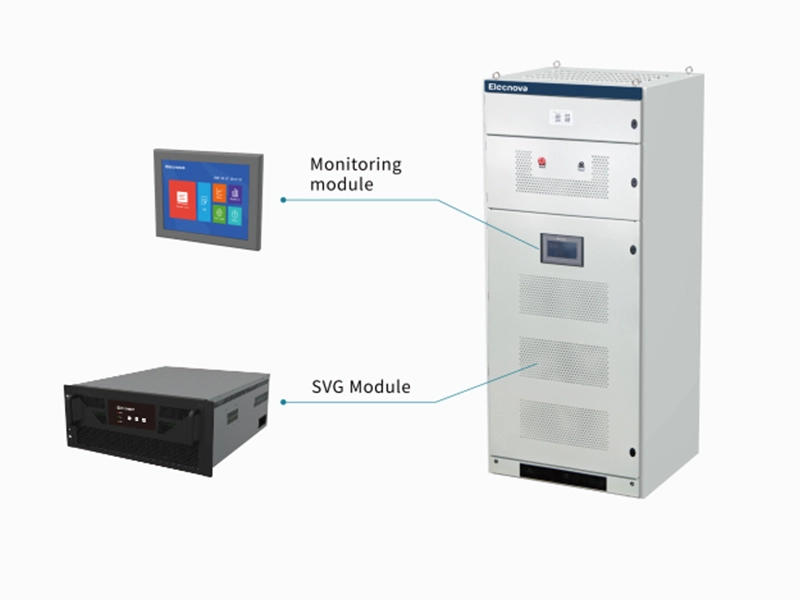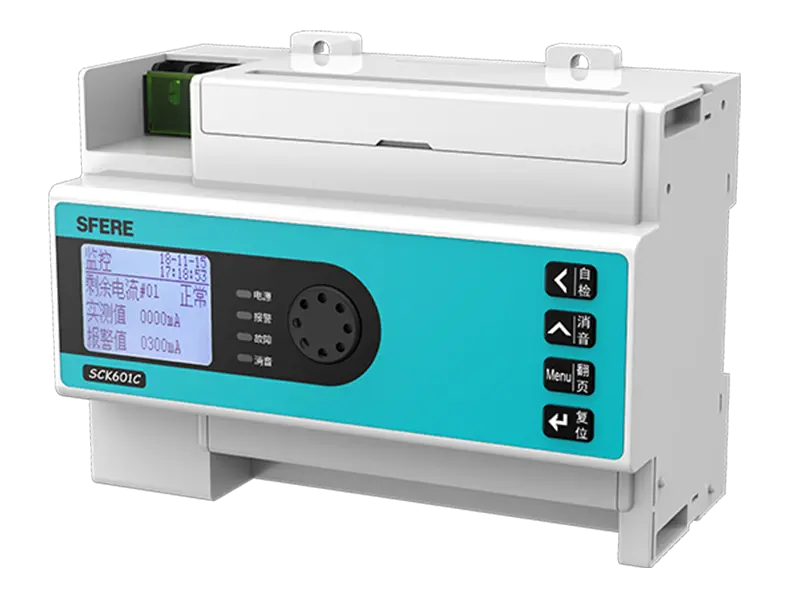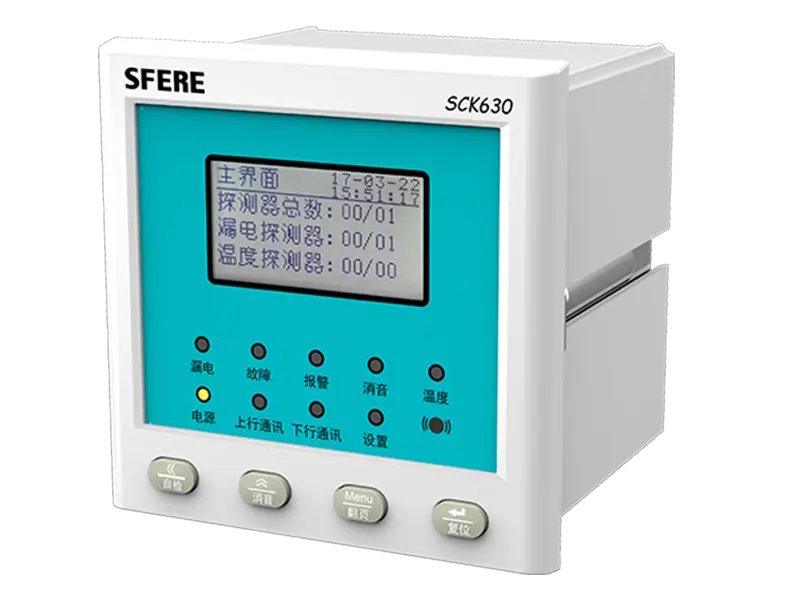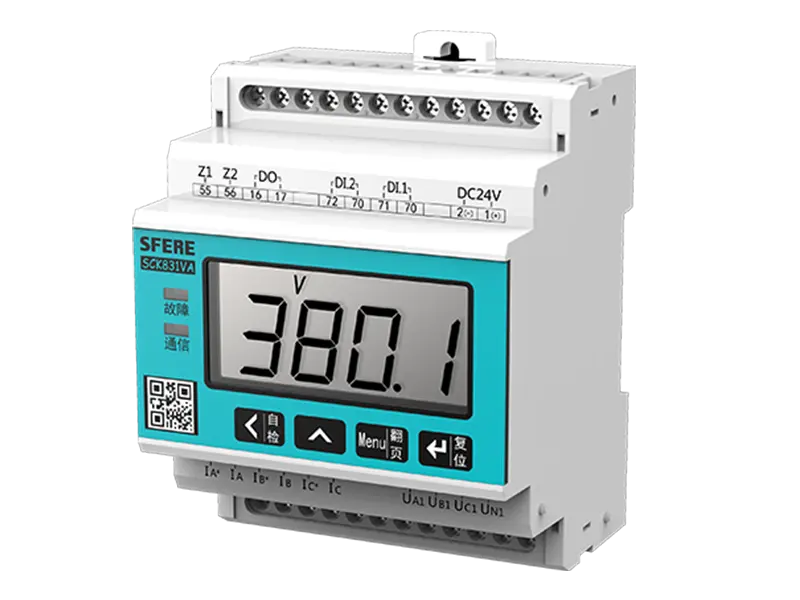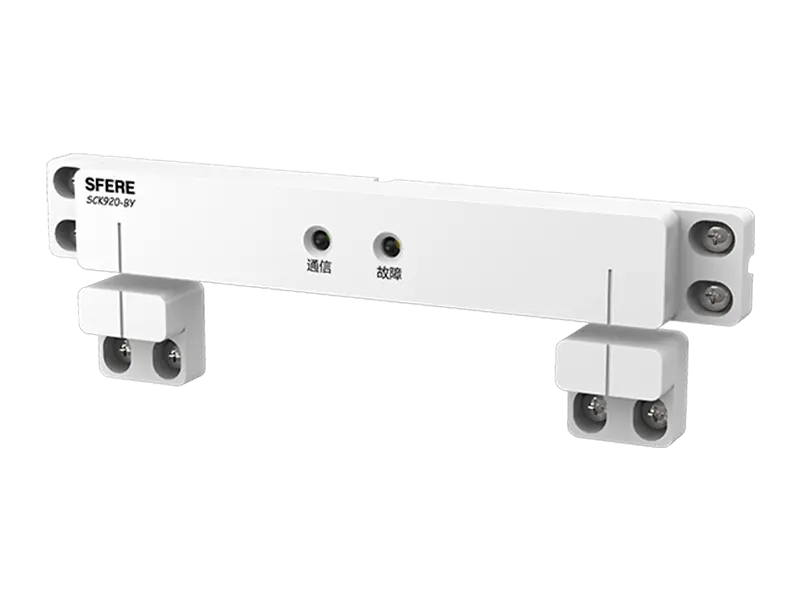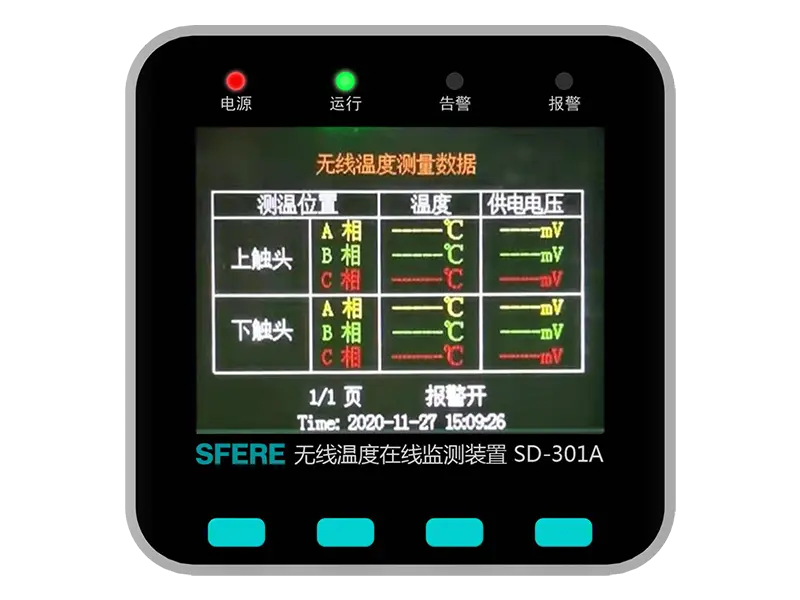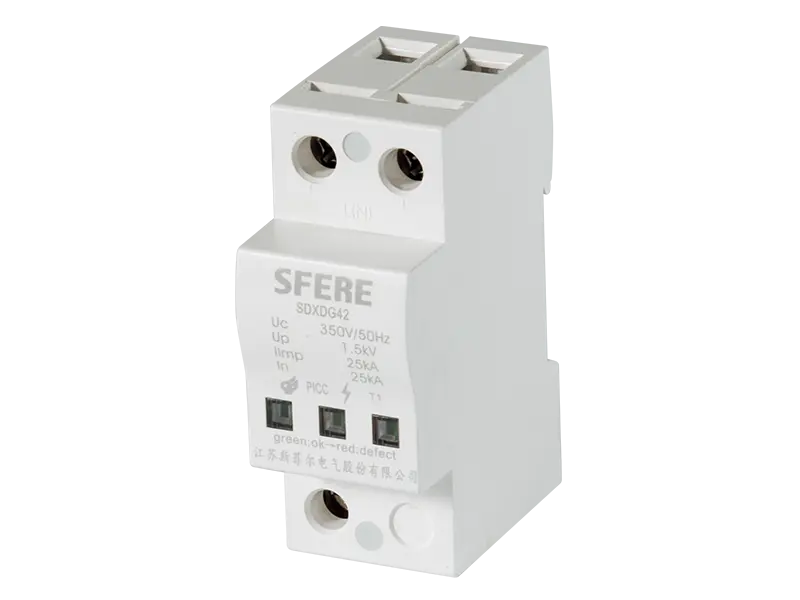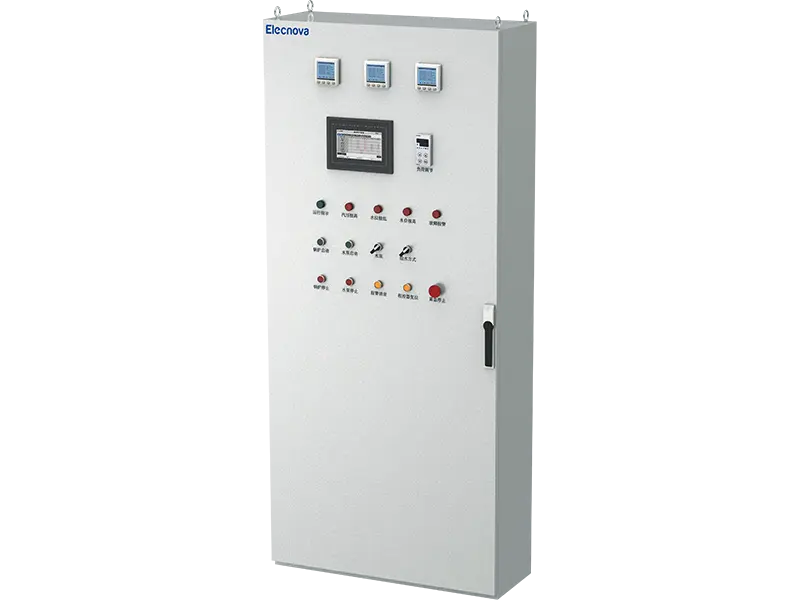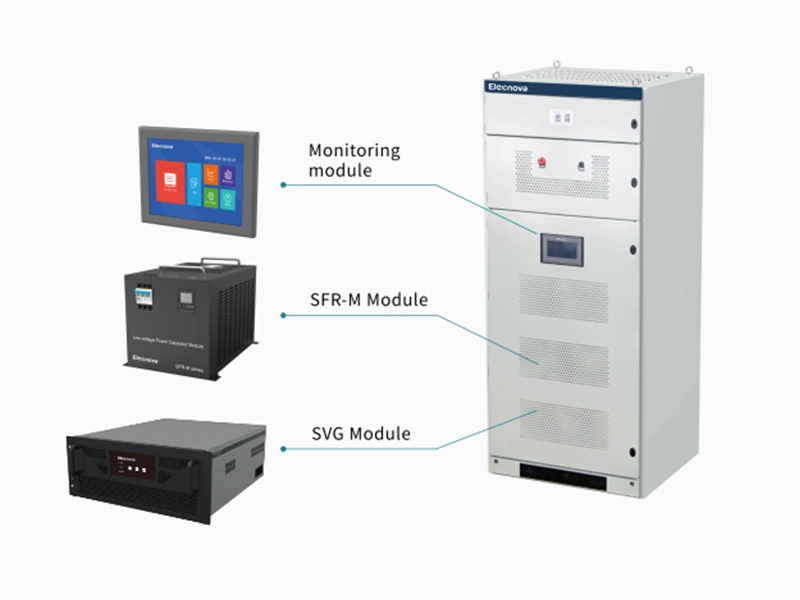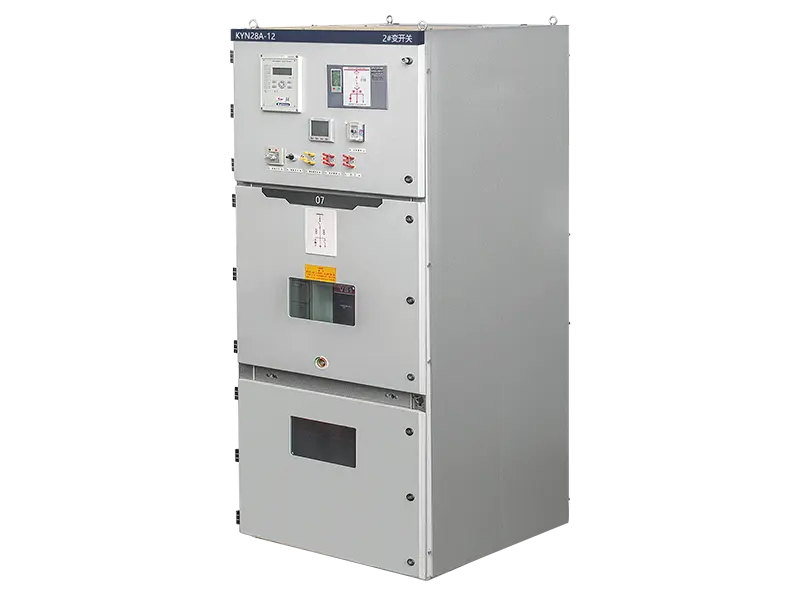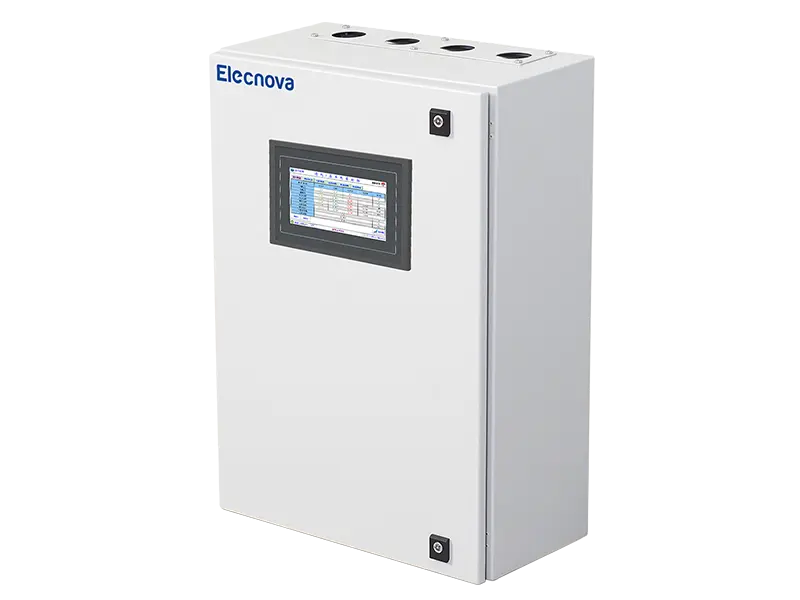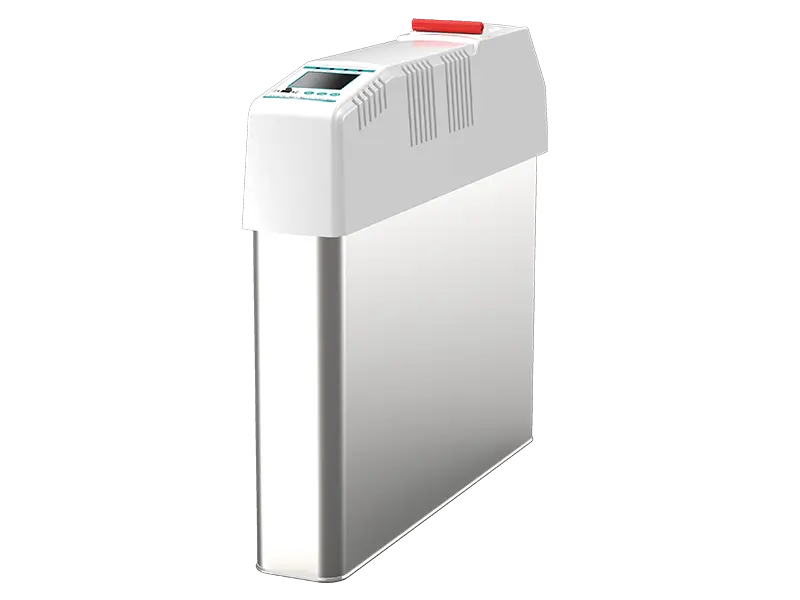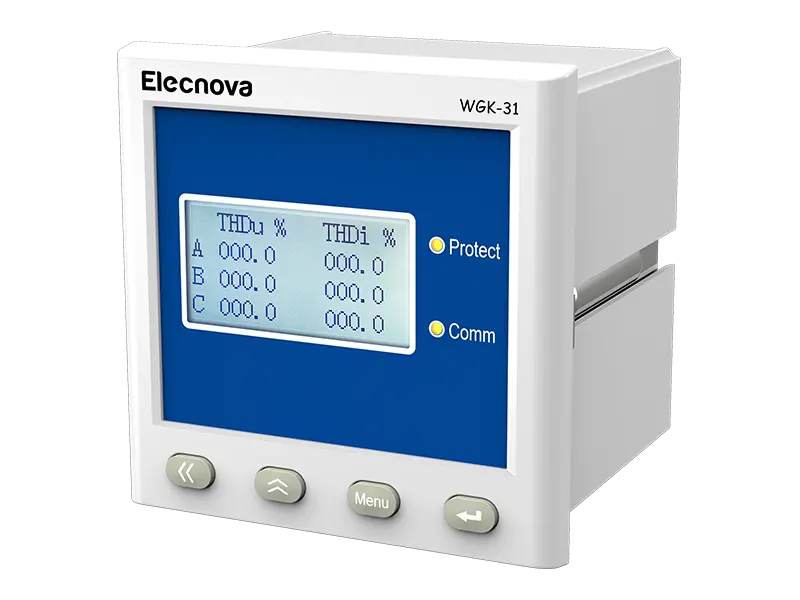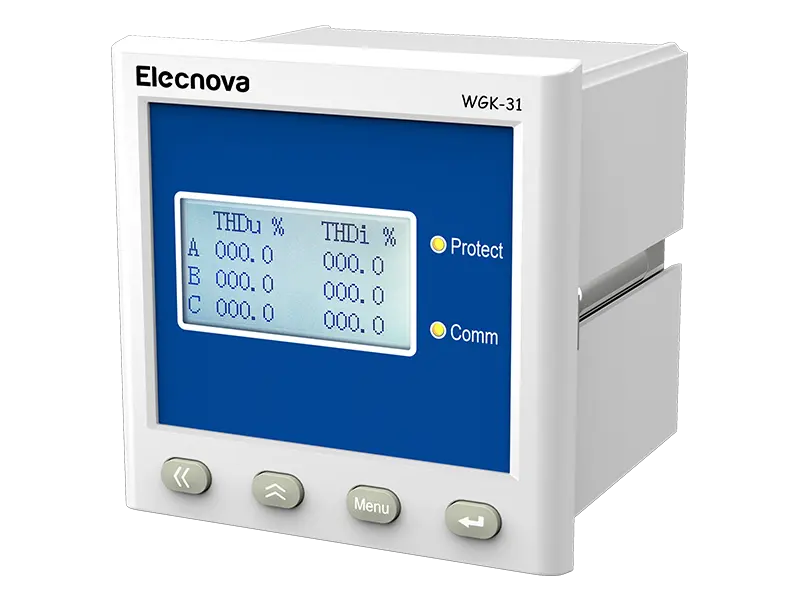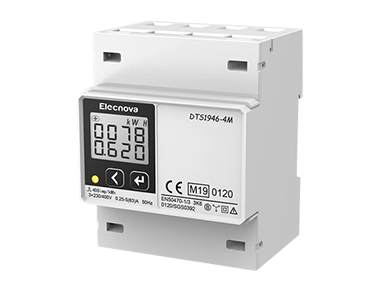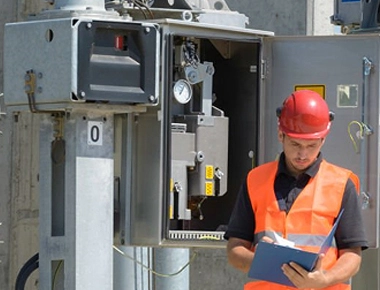The working principle of a Smart Capacitor Bank involves the automatic adjustment of reactive power compensation to optimize power factor and improve energy efficiency in electrical power systems. Here's a detailed explanation of its working principle:
1. Reactive Power Compensation: The primary function of a Smart Capacitor Bank is to provide reactive power compensation to improve power factor in the electrical system. Reactive power is required to support the operation of inductive loads and maintain voltage levels within acceptable limits.
2. Monitoring Sensors: Smart Capacitor Banks are equipped with sensors to continuously monitor key parameters such as voltage, current, power factor, and load conditions in the electrical network. These sensors provide real-time data on the system's power quality and performance.
3. Control System: The Smart Capacitor Bank employs an intelligent control system, typically implemented using microcontrollers or programmable logic controllers (PLCs), to analyze the data from the monitoring sensors and determine the optimal reactive power compensation required.
4. Decision Making: Based on the real-time measurements and control algorithms, the Smart Capacitor Bank makes decisions regarding when to switch individual capacitor units in and out of the circuit. Capacitors are switched in to provide reactive power compensation when the power factor is lagging (inductive load), and switched out when the power factor is leading (capacitive load).
5. Automatic Switching: The control system automatically controls the switching of capacitor units based on predetermined setpoints or algorithms. Capacitor switching is performed rapidly and seamlessly to maintain power factor within desired limits and minimize voltage fluctuations.
6. Communication and Integration: Smart Capacitor Banks may be equipped with communication interfaces such as Modbus, Profibus, or Ethernet, allowing them to communicate with other devices in the electrical network, such as supervisory control and data acquisition (SCADA) systems or energy management systems (EMS). This enables remote monitoring, control, and optimization of reactive power compensation.
7. Adaptive Control: Some Smart Capacitor Banks employ adaptive control algorithms that can dynamically adjust capacitor switching based on changing load conditions, system disturbances, or operational requirements. This adaptive control ensures optimal reactive power compensation and energy efficiency under varying operating conditions.
Overall, the working principle of a Smart Capacitor Bank involves intelligent monitoring, analysis, and control of reactive power compensation to optimize power factor, improve energy efficiency, and enhance power quality in electrical power systems. By automatically adjusting capacitor switching based on real-time measurements and system requirements, Smart Capacitor Banks contribute to the reliable and efficient operation of electrical networks.


